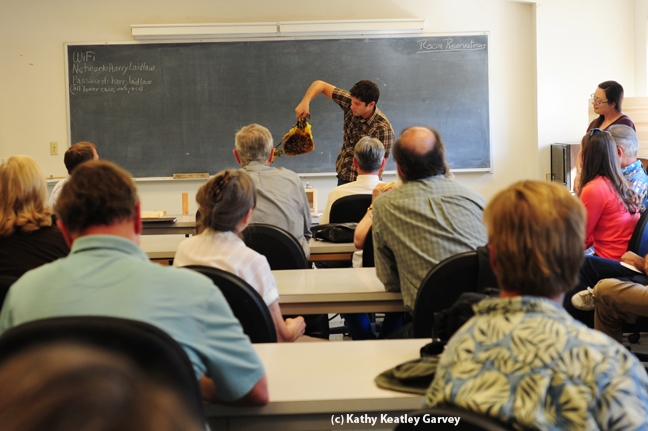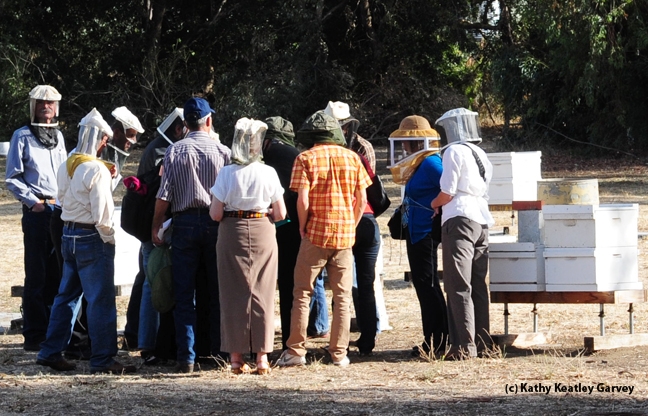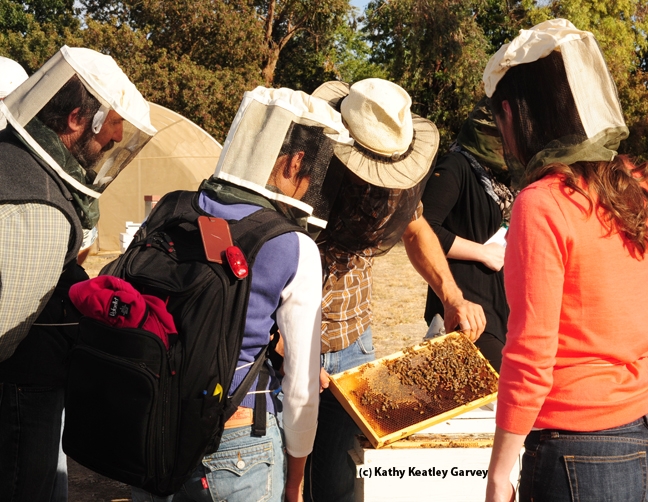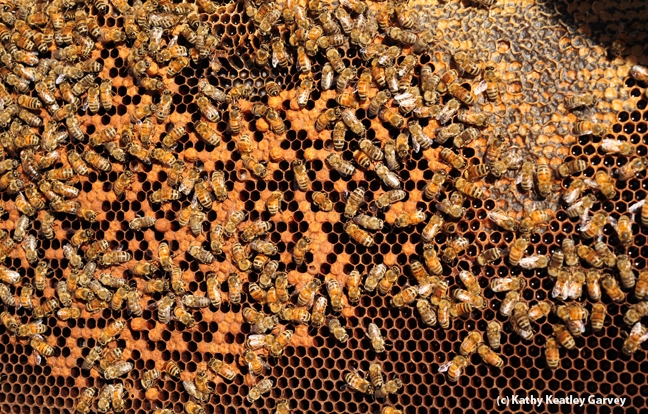Thursday, Oct. 17 is Pest Management Day at UC Davis.
That's when the California Department of Food and Agriculture (CDFA) partners with the UC Agriculture and Natural Resources for the 21st Century Invasive Pest Management Symposium Series: "Globalization, Climate Change and Other 21st Century Challenges" at the UC Davis Conference Center.
It's actually the fourth in a series of symposia on invasive pest management. This one deals with "Invasion Biology (Part 2): Invasive Insects, Disease and Nematodes." Daniel Simberloff, professor of environmental science ecology and evolutionary biology at the University of Tennessee, will keynote the symposium.
Who will be there? According to organizer David Pegos, CDFA special assistant for plant health, the attendees represent non-governmental organizations, industry, academia and other interested parties. "In addition to the CDFA leadership team, represented will be the USDA Animal and Plant Health Inspection Services, the County Agricultural Commissioners and Sealers Association, UC Cooperative Extension, and the UC Statewide Integrated Pest Management Program," Pegos said.
The goals of the symposium are two-fold: (1) to explore 21st century invasive pest management challenges and possible improvements to CDFA policies and procedures, and (2) to foster communication and understanding among the diverse people involved in California's food and agricultural systems.
But today, a group of conference attendees met at the Harry H. Laidlaw Jr. Honey Bee Research Facility on Bee Biology Road to look not at pests, but at beneficial insects—honey bees.
Billy Synk, who wears three hats (beekeeper, staff research associate and manager of the Laidlaw facility), talked about bees and their health, answered questions, and then the group donned protective gear to take a close look at a colony.
Synk pointed out the queen bee, the workers and the immature brood, much to the fascination of the group. Many had never been that close to bees before. "I stepped on one once," said one woman.
That was about as close as she could get--until now.
Attached Images:

Billy Synk, manager of the Ladilaw facility, shows comb to the crowd in the Laidlaw conference room. (Photo by Kathy Keatley Garvey)

Visitors donned bee veils to examine the hives. (Photo by Kathy Keatley Garvey)

Billy Synk shows a frame to the visitors. (Photo by Kathy Keatley Garvey)

Close-up of bees at work. (Photo by Kathy Keatley Garvey)